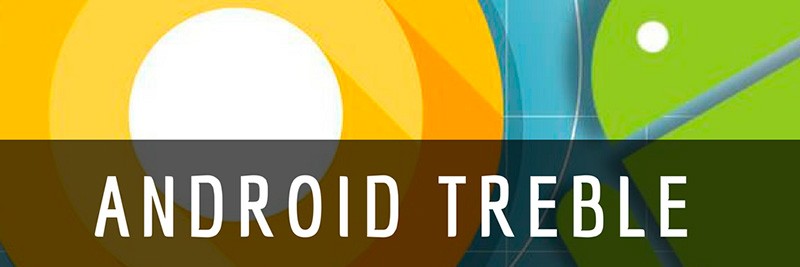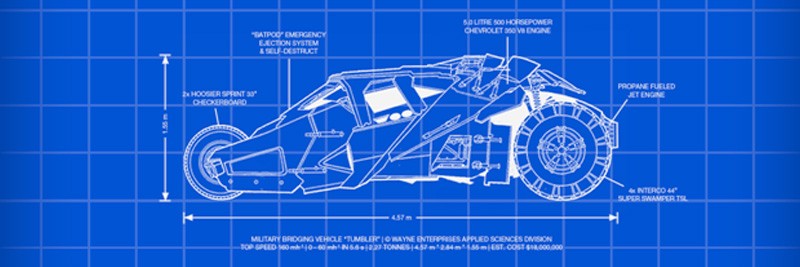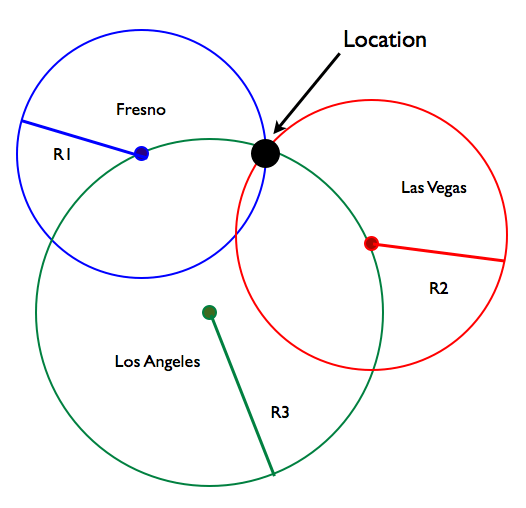This month’s post takes a pause from custom Android hardware to talk about a fun side project Hatch has been working on: Snipes, a brand new ice hockey training product. While we’re usually making products for our customers’ businesses we decided to have some fun doing our own project together with a couple of friends.
Due to Covid related travel restrictions, I ended up staying in China more this year than usual. In an effort to make the most of this, I got together with an ice hockey friend to develop a unique ice hockey training product that we wanted to use ourselves. This is a story of envisioning a product that didn’t exist, developing it through a great team effort, learning about the online marketing side, and ultimately receiving a great response from the target market.
The idea was clear. Create targets that go inside an ice hockey net to shoot at. Each target has lights and a sensor. When the lights of a target turn on, the player shoots a puck at it. If the target is hit then the lights turn off and the lights of another random target turn on. From this basic setup, various different game modes can be created. We named the product Snipes.
Taking an Idea to Something Real
Step one was finding the right target material that could sustain the force of being hit by 6 ounces of hardened rubber flying 100mph / 160kph.
We ordered different materials to test and found one that we felt comfortable with.
Next step was hooking up an Arduino to lights and sensors, but first we needed to decide which kind of sensor to use. After testing a few different options we went with a Piezo sensor. This senses the level of vibration.
Before attaching everything on the targets we created a mini version with just the lights and sensors to make sure that we could simulate the desired functionality.
First ‘working’ prototype was created and destroyed. That happened about 5 more times.
At this point we decided to go with wireless connections between the targets, meaning custom electronics and firmware were created. This development took a few weeks. When the first samples were ready the initial result was promising.
The first Arduino prototype didn’t use any case for the electronics at all. All the components were held onto the target using tape! We evolved the mechanics using a FDM 3D printed case, which was better than nothing, but broke. That’s when we went with CNC milled cases. These provided a nearly mass production level of strength.
Something Real to Selling Promises
We went through several rounds of fast and cheap prototypes before the final set of custom electronics, firmware, and casing was ready. Each time a problem was found, an improvement was made. Once the problems became harder to find and the testing went smoothly we took a video of people using the product and started our pre-sale launch.
Early response from the launch indicated that people liked the product. We went ahead with opening the tools for the casing mold and decided to commit to a mass production order as our pre-sales were going well. We forecasted how many would sell in the launch campaign and wanted to make extra inventory to have available after the campaign as well.
The target ship date was set for early December, much earlier than I felt comfortable with, but still possible to accomplish if we worked hard and had good luck. Products will ship individually from the factory to the pre-sale buyers in hopes of delivery before Christmas.
Instead of using a normal crowdfunding site we used paid social media ads to send customers to our own pre-sale page. My partners thought that since our product was fairly niche all sales would come from targeted advertising rather than being on a crowdfunding platform. Instead of paying a percentage of sales to the crowdfunding platform we’d use that money to pay for direct advertising. I wasn’t sure how this would go over, but the logic seems to have worked. Maybe next time, if the product is intended for a wider audience, we’ll try going with a platform or hybrid approach.
The Shooter Tutor, a well-known ice hockey training product Snipes is most similar to, has been around for decades. When hockey players see videos of players using Snipes they instantly understand how to use the product. For this reason online advertising using videos has been successful. There’s little need to further educate the customer after they see a short video. While the application is obvious there’s nothing like it on the market so we’re in a good position.
Selling Promises to Products Delivered
This is the stage we’re in now. I’m excited about getting Snipes out to the hundreds of customers who believed in us and joined our pre-sale. Most of the materials for manufacturing are ready. We are working to implement some last-minute changes on Snipes’ firmware and then must test that.
Shipping in time for Christmas delivery is still a possibility. Need to see how testing goes with the new firmware and whether any unexpected delays pop up. Good quality is more important than shipping earlier. We’re confident that customers will love the product when they get it.
Next Steps
Making this sports training product has been a fun project. The development time is much faster than making custom Android products as the functions are more simple and case design requirements are more about strength than aesthetic design. The Bolt team has ideas about new products that will expand the brand’s footprint deeper into ice hockey as well as other sports.
Since people couldn’t travel this year I spent more time than usual in Shenzhen. That gave me the opportunity to take on a fun side project. Now and in the future, Hatch continues to work on custom Android development and manufacturing. With the growing prominence of IoT devices, we’re open to evaluating IoT hardware partnerships as well.













